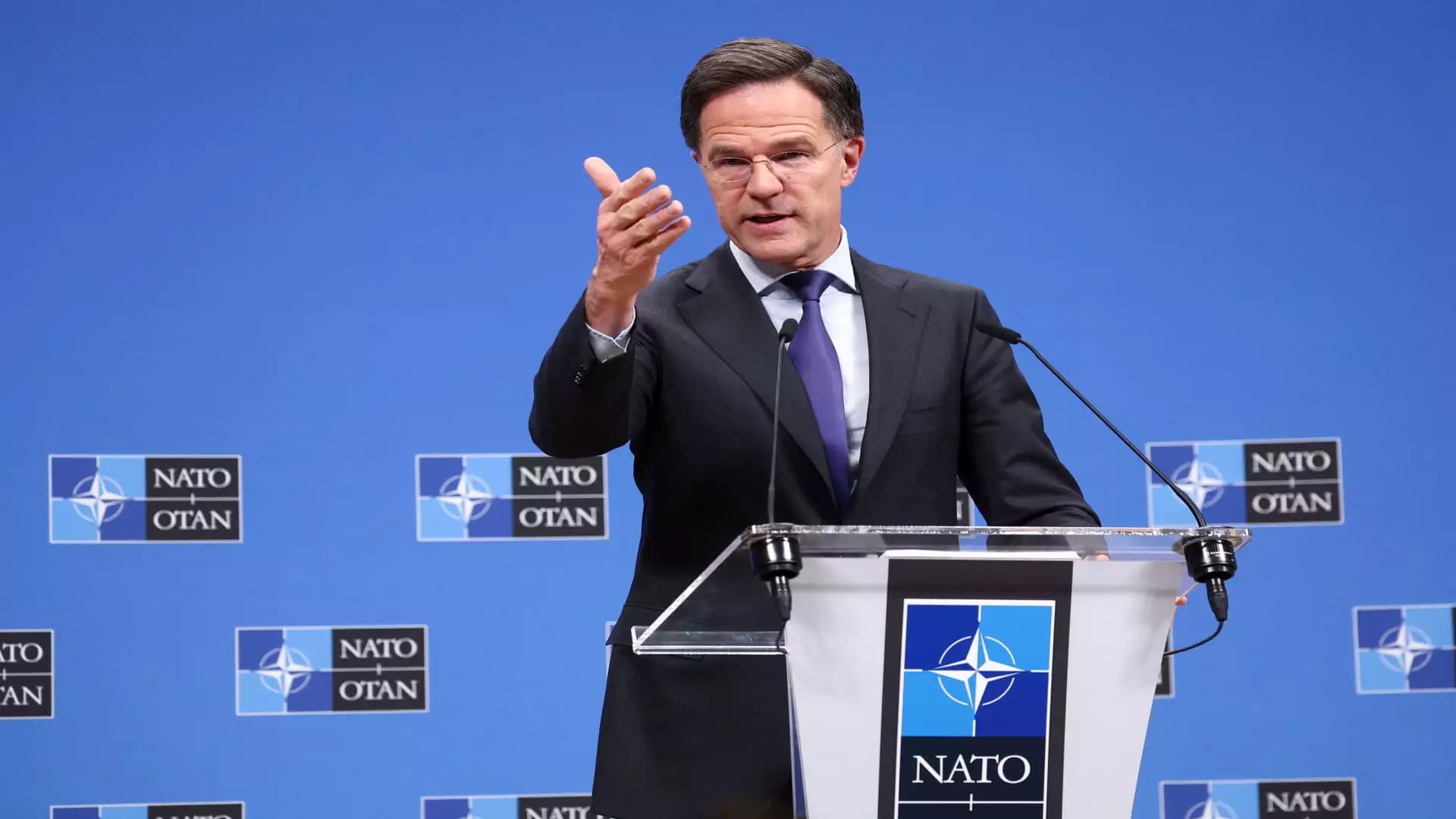The complexities surrounding NATO’s defense expenditures have come under intense scrutiny, particularly as the geopolitical landscape shifts with an increasingly assertive United States. NATO Secretary General Mark Rutte, addressing attendees at the Munich Security Conference, underscored the necessity for European member states to adopt a more proactive stance. This call for action comes at a pivotal time when the transatlantic alliance faces new challenges stemming from global unrest and heightened military engagements, particularly in Eastern Europe. Rutte’s challenge for European nations to transition from a stance of complaint to one of solution-oriented dialogue reflects a critical moment for NATO’s future.
As Rutte pointed out, engaging in constructive discussions rather than voicing dissatisfaction serves as a crucial pathway for fostering unity and strategy within the alliance. The emphasis on collaboration suggests that members should leverage their strengths to advance collective security instead of waiting for directives from the U.S. Such a paradigm shift could redefine NATO’s operational and fiscal frameworks, ultimately leading to more robust defense capabilities.
Future Commitments and Ambiguity in Defense Spending
Rutte also alluded to an impending change in defense spending targets, indicating that the bar would be set much higher than the previously established 2%. The uncertainty surrounding the definitive figures adds a layer of complexity to planning and budgeting for NATO nations. Suggestions from Rutte hinted at a potential target of over 3%, yet the lack of explicit details leaves room for speculation and apprehension among member states.
This looming revision of targets is anticipated to take center stage at the upcoming summit in The Hague, scheduled for June. Such decisions will not only reflect the current geopolitical realities but also serve as a litmus test for NATO’s cohesion. The willingness of member countries to commit more capital towards defense will signal their dedication to mutual security, particularly in an environment marked by unpredictable global dynamics.
The ongoing Russian aggression, particularly concerning Ukraine, has acted as a catalyst for military spending and action among NATO allies. U.S. Senator Lindsey Graham’s observation that Russian President Vladimir Putin’s tactics have inadvertently bolstered NATO’s resolve underscores the significant impact of external threats on internal alliance dynamics. The adversarial posture of Putin has not just galvanized military expenditure but has also unified a previously fragmented alliance.
The ramifications of this unity are evident in the increased commitment from NATO member countries to meet and exceed the 2% GDP guideline for defense spending. From a mere six nations meeting this target in 2018, projections suggest that 23 members will comply by 2024. This surge in defense spending is a testament to the alliance’s growing awareness of the increased threats in their vicinity, highlighting a shift away from complacency.
The discord between the U.S. and European NATO members on financial contributions is an ongoing theme that shapes discussions within the alliance. The previous administration under Donald Trump was notorious for its contentious relationship with NATO, characterized by sharp critiques directed at member states falling short of financial obligations. Trump’s assertions that NATO countries should contribute even up to 5% of their GDP for defense funding reflect his broader skepticism about the alliance’s efficacy and fairness.
As NATO prepares for future escalations and potential shifts in political leadership in the U.S., it is crucial for European nations to prepare for a landscape where American support may be influenced by domestic agendas. The ability of European member states to independently secure their defense requirements will not only bolster NATO’s overall strength but could also lead to a redistribution of military responsibilities that enhances global security.
The future of NATO hinges on its members embracing a collaborative and solution-driven approach to defense spending and strategy. Rutte’s clarion call for collective action signifies an evolving understanding of geopolitical realities that demand more than mere compliance with budgetary targets. The alliance must foster a climate where independence and interdependence coexist, particularly as external threats continue to challenge their foundational principles. As NATO navigates through this transformative phase, its resilience will be tested by the sincerity and depth of commitment shown by each member nation in their pursuit of collective security.

Leave a Reply